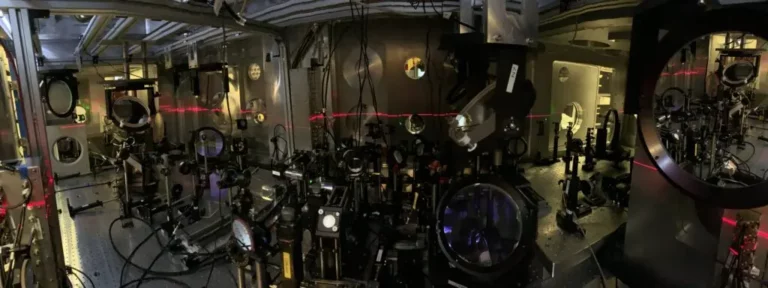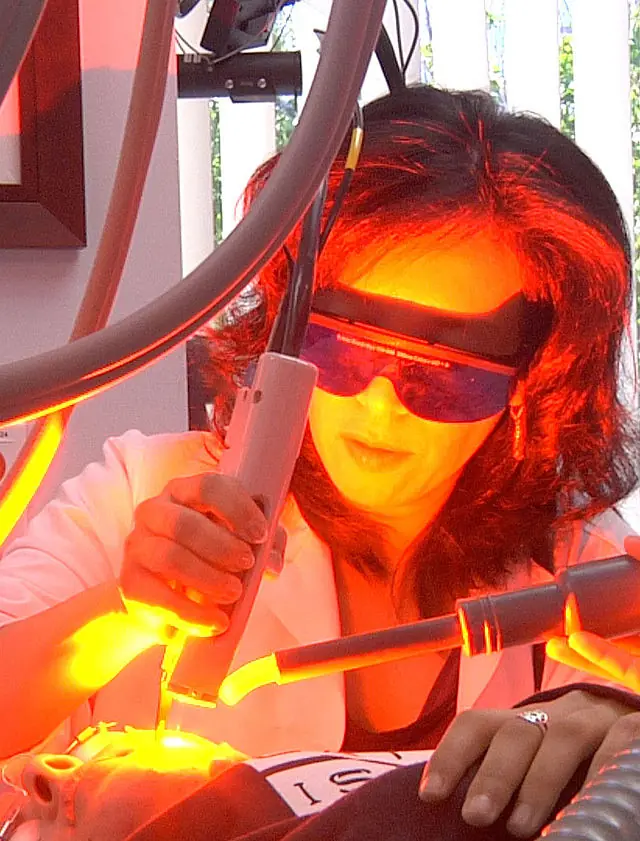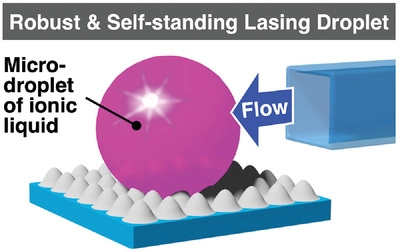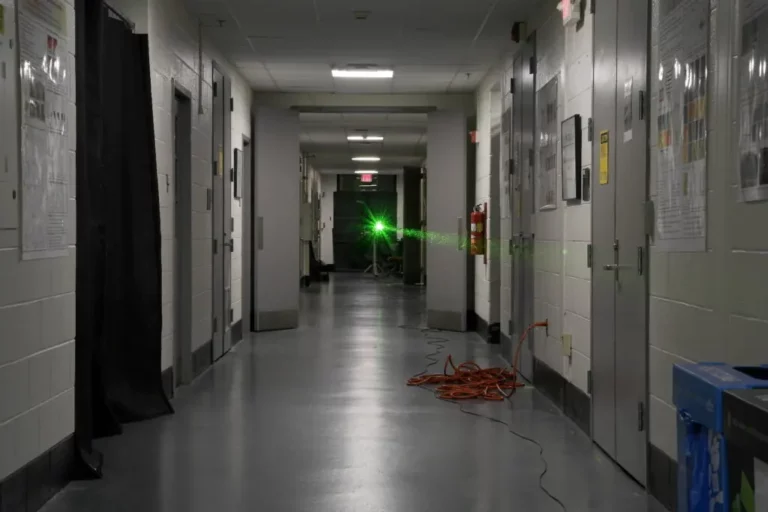Supercontinuum Generation from Space: A Breakthrough in Atmospheric Remote Sensing
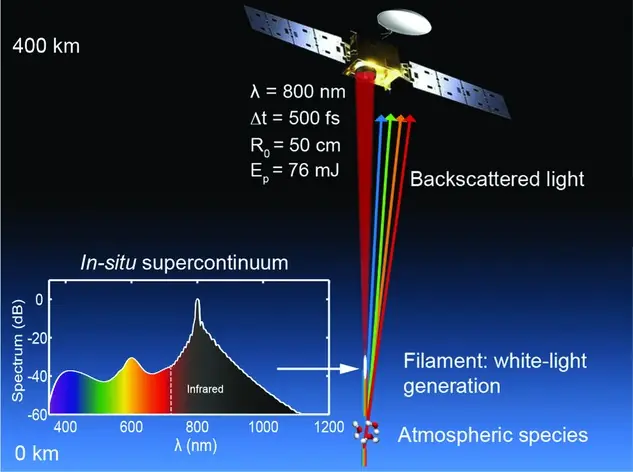
Atmospheric remote sensing is a crucial area of research as scientists strive to understand the complex dynamics of our planet’s atmosphere. However, current methods face limitations in their ability to penetrate certain atmospheric layers. A new proof-of-concept study presents a potential solution to these limitations in the form of spaceborne laser supercontinuum generation.
This breakthrough method demonstrates the remote generation of a white light continuum from an Earth-orbiting satellite, providing an atmospheric in-situ light source for monitoring greenhouse gases and pollutants on a global scale. The study also derives scaling laws for estimating the filament altitude as a function of peak pulse power, beam radii, and curvature for femtosecond infrared pulses. This exciting development could provide a more comprehensive and accurate picture of the Earth’s atmosphere, revolutionizing the field of atmospheric remote sensing.
The model used in the study includes a realistic representation of the stratified atmosphere, accounting for multi-species ionization and air density dependence. The remote generation of a white light continuum extending from 350 nm to 1.1 μm within the filament is also demonstrated, which could serve as an atmospheric in-situ light source for monitoring greenhouse gases and pollutants on a global scale by light detection and ranging (lidar) techniques.
Scaling laws are also derived for estimating the filament altitude as a function of peak pulse power, beam radii, and curvature for femtosecond infrared pulses. The study finds that the operating conditions for remote supercontinuum generation are already available with current ground-based mobile laser technology and within reach of future space laser systems.
The implications of spaceborne laser filamentation for atmospheric remote sensing are significant. The proposed method could potentially provide a more comprehensive and accurate picture of the Earth’s atmosphere, overcoming the limitations of current methods. Additionally, the use of spaceborne lasers could provide more extensive coverage and reach than ground-based methods.
There are also potential applications beyond atmospheric remote sensing, such as the study of space weather and the detection of exoplanets. As laser technology continues to advance, the possibilities for spaceborne laser filamentation could expand even further.
In conclusion, the proof-of-concept study of spaceborne laser filamentation for atmospheric remote sensing provides a promising new approach to address the limitations and challenges of current methods. The potential applications and implications of this method are vast, and the study paves the way for further research and development in this exciting field.


